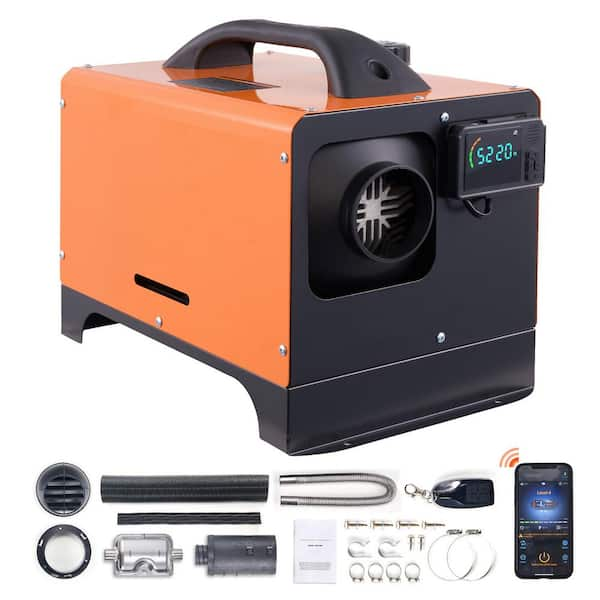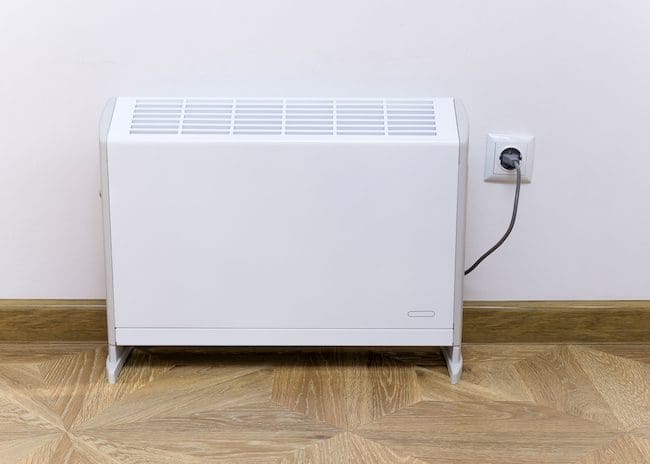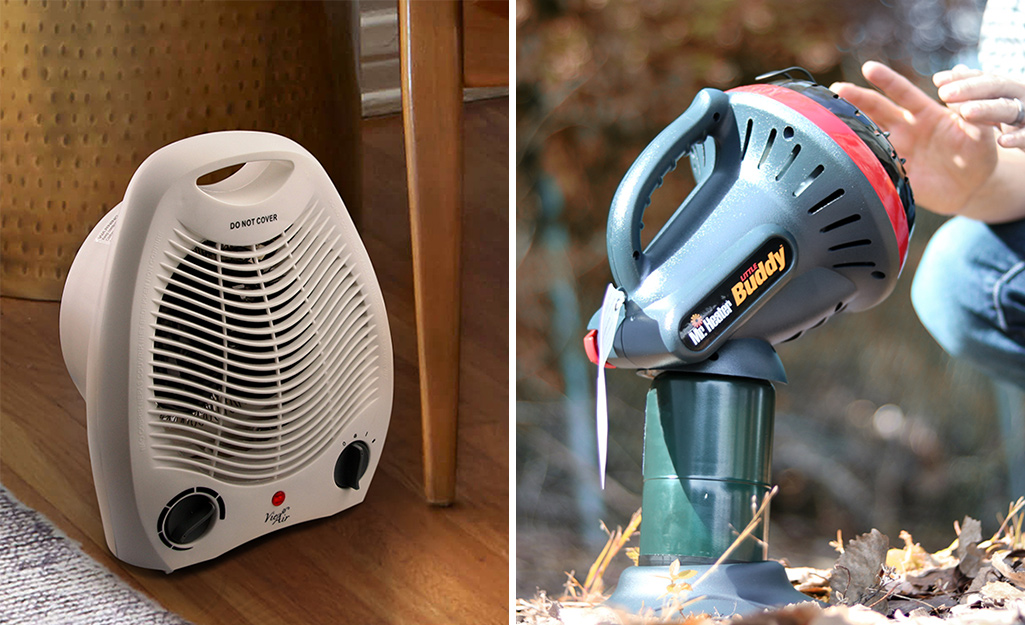3 Easy Facts About 1 Source Portable Air Shown
5 Easy Facts About 1 Source Portable Air Shown
Table of ContentsThe Best Guide To 1 Source Portable AirA Biased View of 1 Source Portable Air1 Source Portable Air for DummiesThe Best Guide To 1 Source Portable Air1 Source Portable Air Fundamentals Explained
Running expenses are based upon a power price of 40c/kWh. The expenses for 3 months' usage in winter season are based upon 500 hours make use of, or about 6 hours per day for three months. Optimum warm outcome is based on the optimum electrical power of the models we've examined (we focus on greater electrical power heating systems).
On average, small fan heating units are less costly to get, however can have greater running expenses. Oil column heating systems will certainly be the most inexpensive on the market to run (on standard) yet just by a slim margin in advance of convection heaters (like panel and micathermic panels).
The 5-Second Trick For 1 Source Portable Air
If you have a reversible ceiling follower, it'll assist distribute the warm around the room much more uniformly. A number of costly heating systems have actually stopped working to impress our testers, while some less costly designs make for remarkably great buys.
As the name recommends, they radiate warmth from a red-hot home heating element (so the family members will need to take turns sitting in front of it). There are flooring and wall-mounted versions offered. Radiant heating units are reasonably low-cost. They have a cosy glow and personal warming effect, like resting in front of a fire.
Radiant heaters typically set you back between $20 and $200. Oil-filled column heaters don't actually burn oil they use electrical power to heat up the oil that's sealed inside their columns or 'fins'.
What Does 1 Source Portable Air Mean?
Some column heating systems aren't even oil-filled but instead use various other product or heating modern technology to function similarly - 1 Source Portable Air. The risk of fire with an oil column heating unit is reduced compared to other heating system types, but never ever no. Oil heaters don't have actually subjected aspects like radiant heaters do, and their surface area temperature is less than several various other heater kinds (their huge surface location makes up for it)
Oil column heating systems won't take off, and while they do not burn their oil to produce heat, it's still combustible, so there is a fire danger if the oil leakages, if the heating unit topple and leakages, or if flammable things or fabric come right into contact or drop on the heater. You need to exercise the very same degree of caution with oil heating systems as for various other heating unit kinds, and never hang towels or garments over one to dry them make use of a drying rack rather, at the very least one metre away.
Column heating systems are particularly beneficial in areas where they'll be turned on for extended periods of time or where they'll operate neglected, such as overnight in a bed room. The surface areas you're most likely to touch on a column Get More Info heating system do not get as warm as various other kinds of electric heating systems. You can use a ceiling fan on extremely reduced rate to assist the column heating unit to disperse the heat faster and a lot more uniformly.
If there's not much air motion (for example, if you're sitting reading or viewing TV), the warm may not be dispersed equally. Oil-filled column heating systems typically cost in between $50 and $450. Convection and panel heating systems attract chilly air over an electrical heating aspect. The warmed up air after that leaves the heating system and increases in the direction of the ceiling, while cooler air relocate to replace it.
Everything about 1 Source Portable Air

Convection and panel heaters are more mobile than their oil-filled column heating unit counterparts due to the fact that they're substantially lighter. They'll heat up the air in a room equally and rapidly. Like a column heater, you can make use of a ceiling fan on really low rate to distribute the heat quicker and more equally. Some designs, specifically panel heating units, are comparatively costly to buy.

The 8-Second Trick For 1 Source Portable Air
Follower heaters are commonly smaller sized and more portable than other electric heating units. They additionally can be found in the form of tower fan heating units, which can be better for dispersing warm around bigger rooms as a result of their taller account. They can heat the air in a space a lot more swiftly, equally and quickly than a few other heater types.
Follower linked here heating units (ceramic or otherwise) typically expense in between $60 and $900. Ceramic follower heaters aren't necessarily any different in cost to non-ceramic designs.